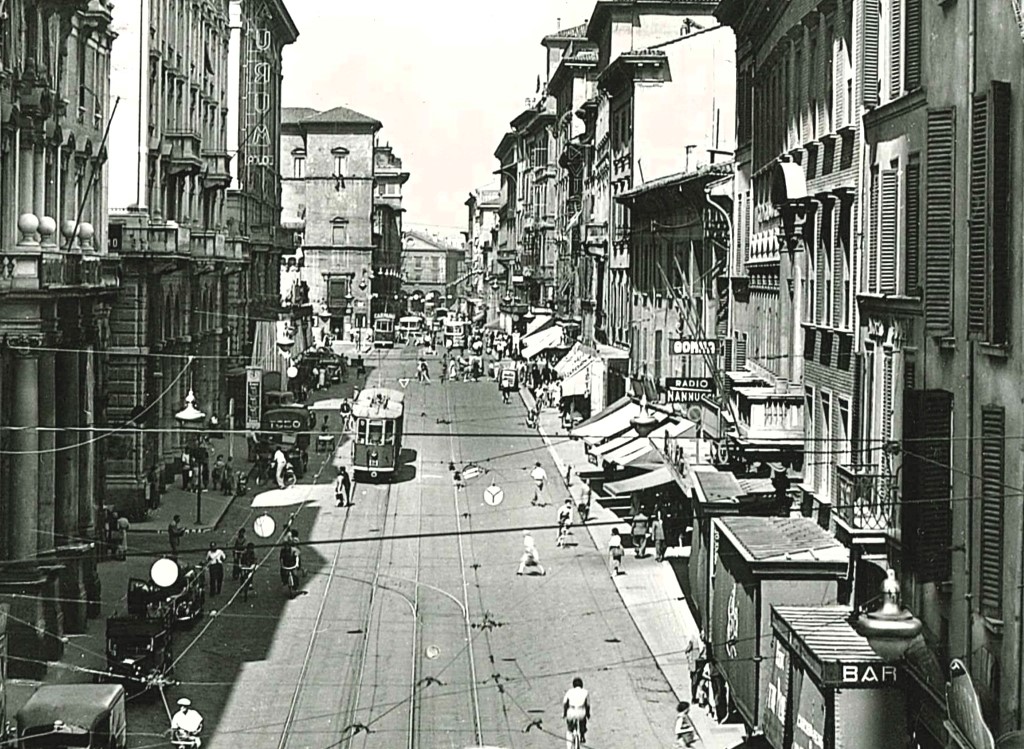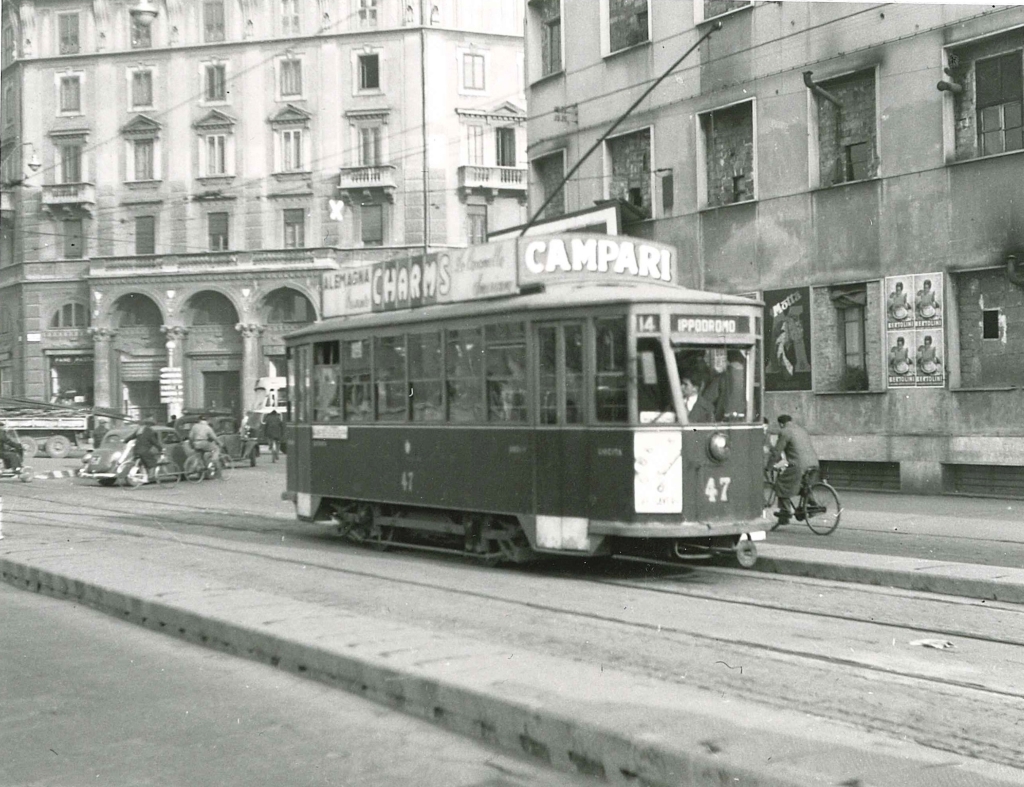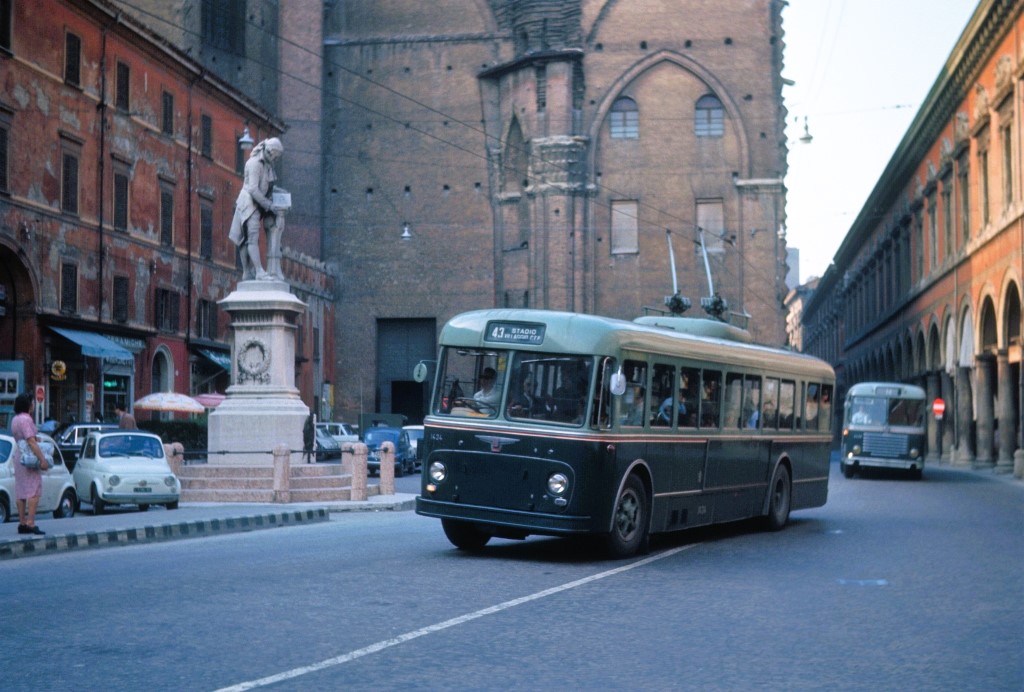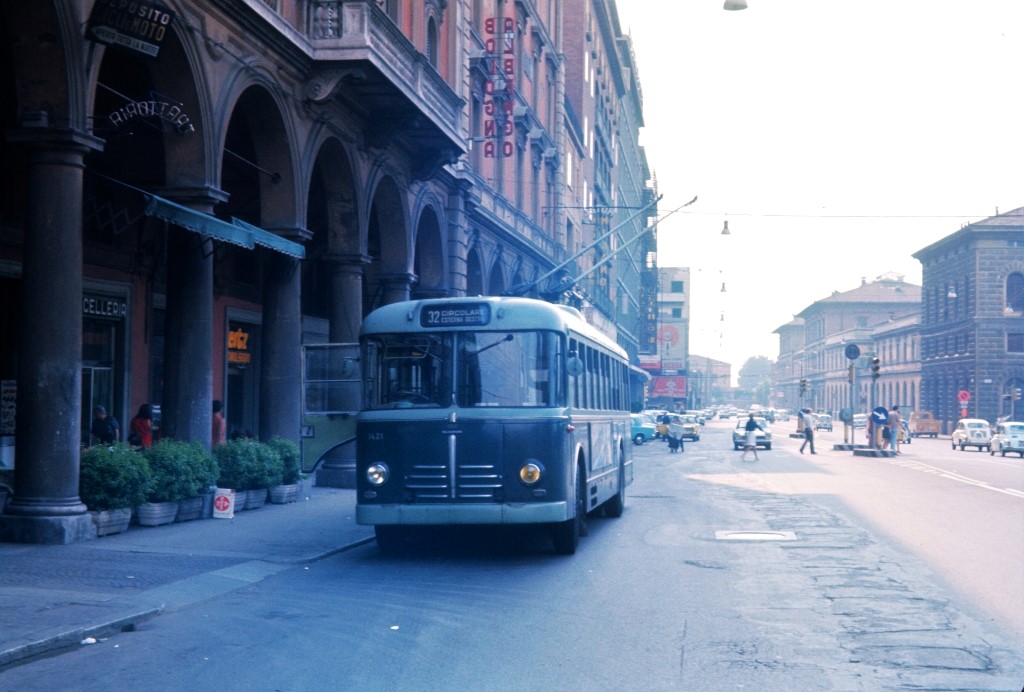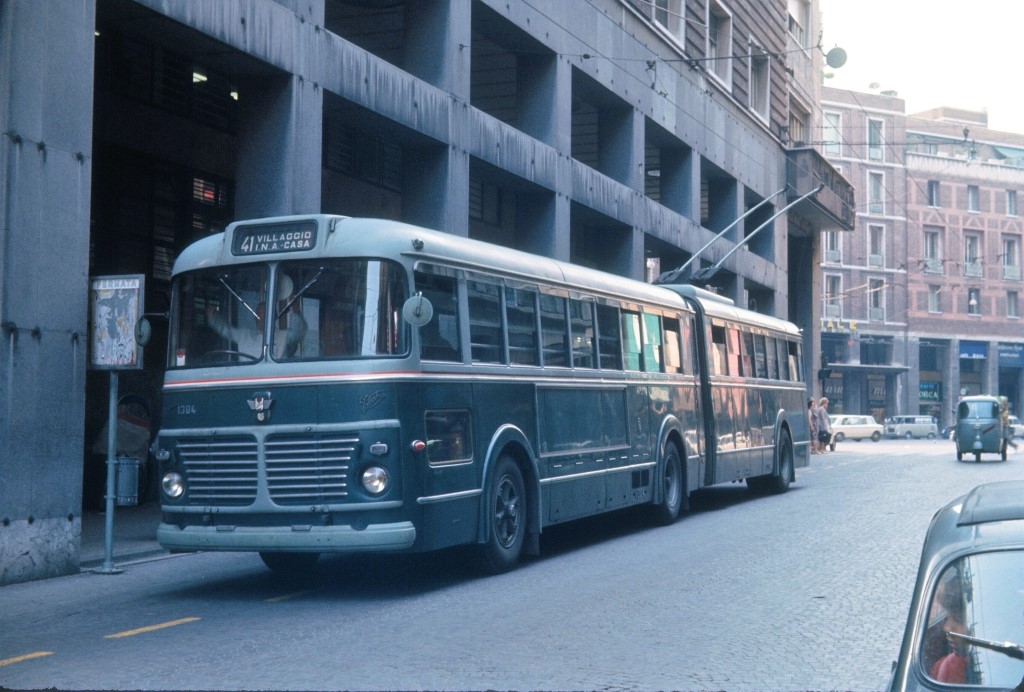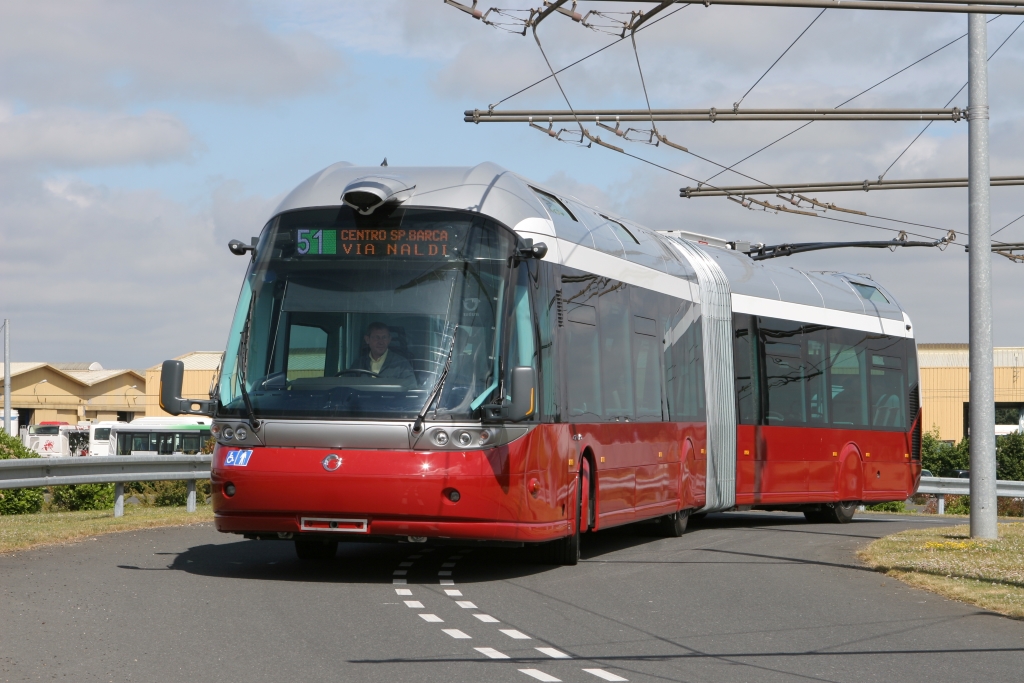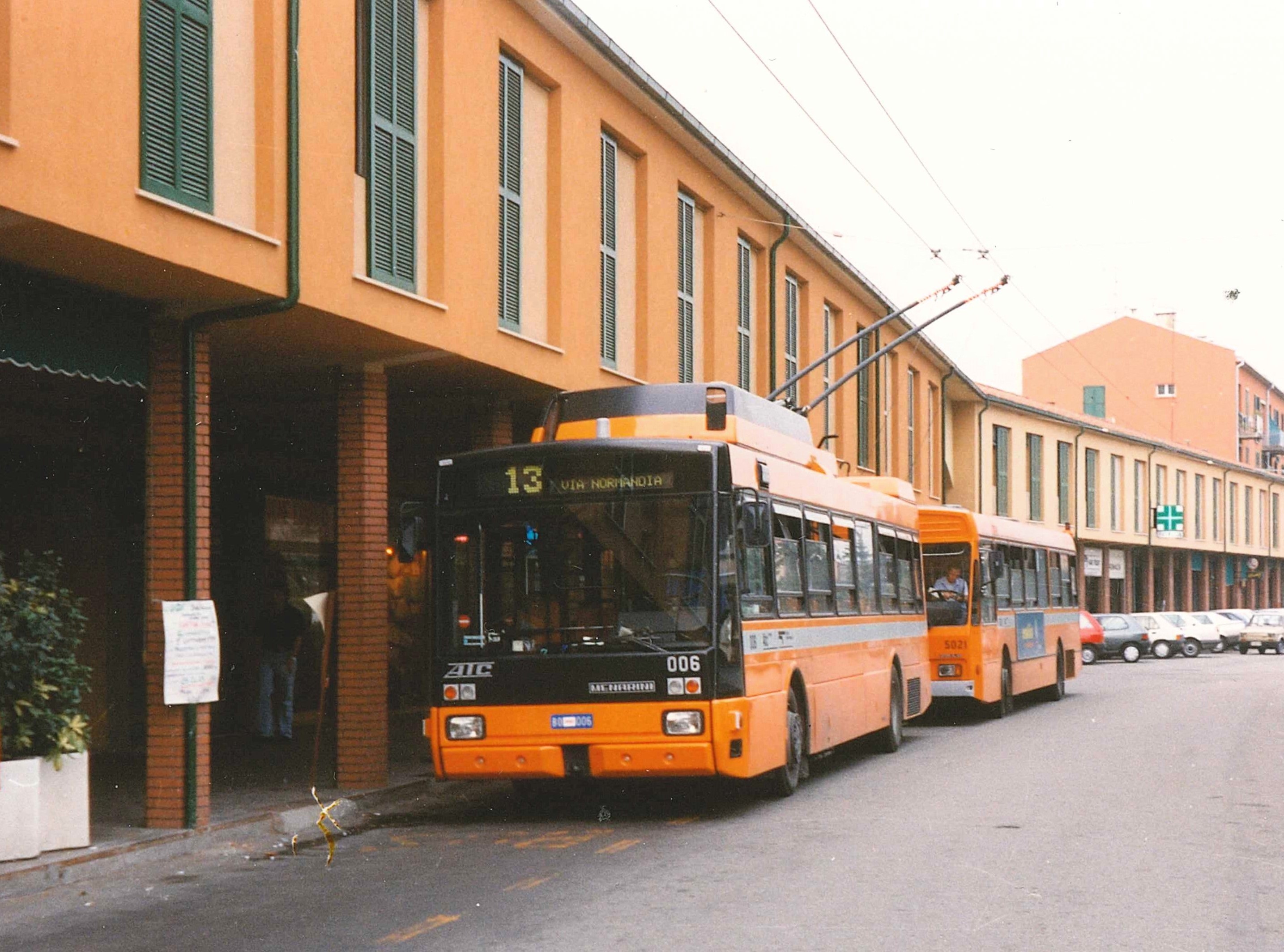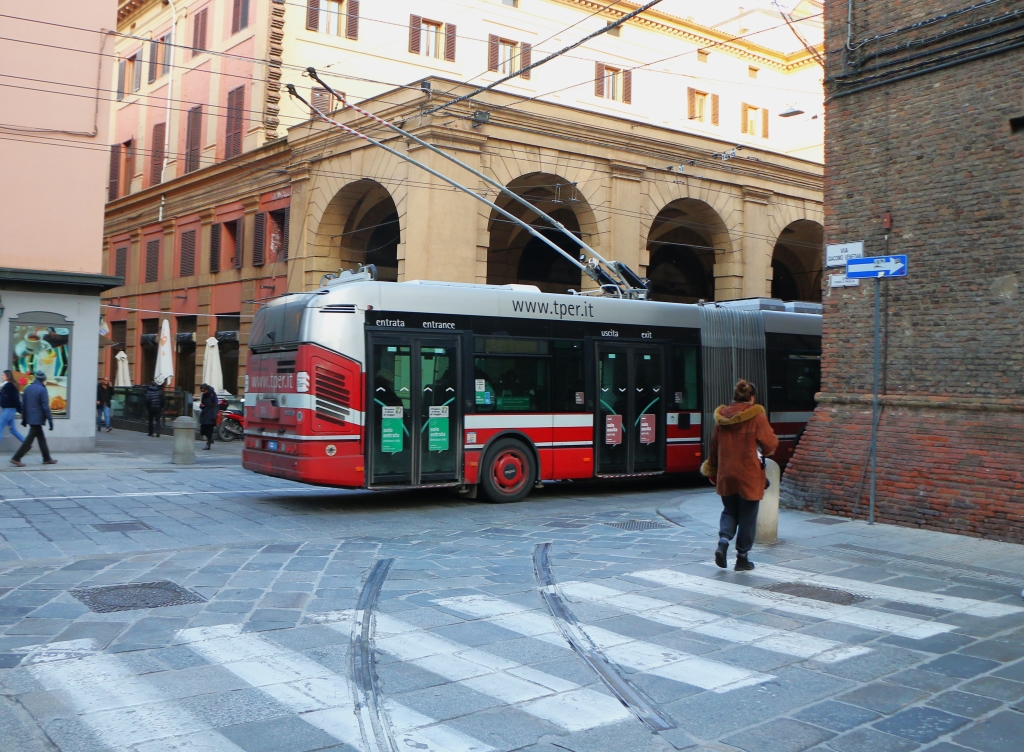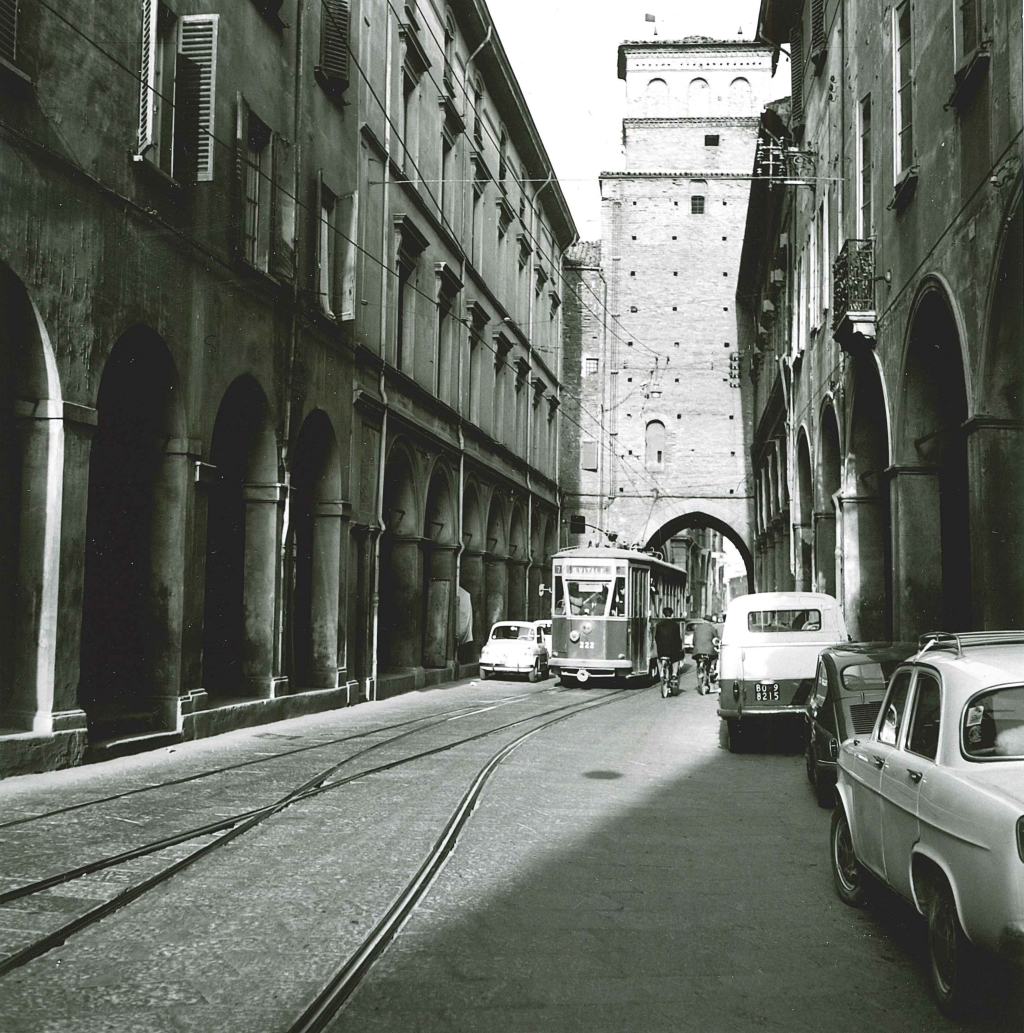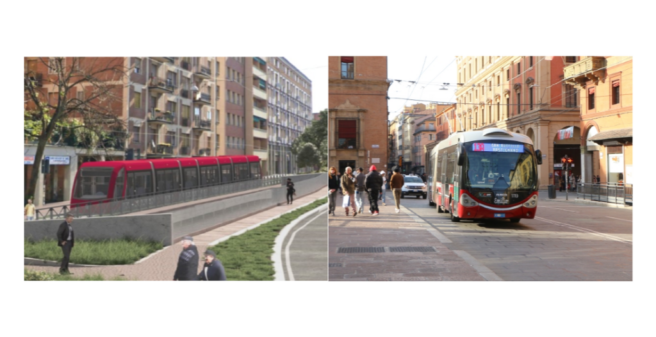
With approximately 390,000 inhabitants in the urban area, Bologna is one of the largest Italian cities without urban rail transport system. Since the last trams ran in 1963, Bologna has relied on buses for many years, in some cases as electric trolleybuses. However, it has long been clear that the return of the tram in a modern form should play an important role in efforts to improve local public transport and the transport situation as a whole.
The plans for a network of four lines, which are intended to provide better access to densely populated neighbourhoods in particular, are already on the table and have been approved by important committees. Lengthy political discussions centred on alternative routes, the acceptance of years of construction work by the population and, of course, the money – who can and should pay for it? In March 2019, the mayor announced the decision to build the new network, consisting of four lines:
- Red: Terminal Emilio Lepido-Capolinea Nord Michelino- Pilastro CAAB/Facoltà di Agraria
- Green: Corticella-Due Madonne
- Yellow: Rastignano-Casteldebole
- Blue: Casalecchio-San Lazzaro
The package of measures adopted by the Italian central government as part of the recovery fund following the COVID pandemic to expand the country’s local transport systems has also accelerated the tram project in Bologna. After funding for the first (“red”) line was secured, construction work began in April 2023. It runs from Borgo Paginale via the main railway station to Pilastro/Facoltà di Agraria. A good 2 km of the 16 km long line will run without overhead wires. The opening of the first section is planned for 2026, which is ambitious, but a predetermined condition for receiving the funding.
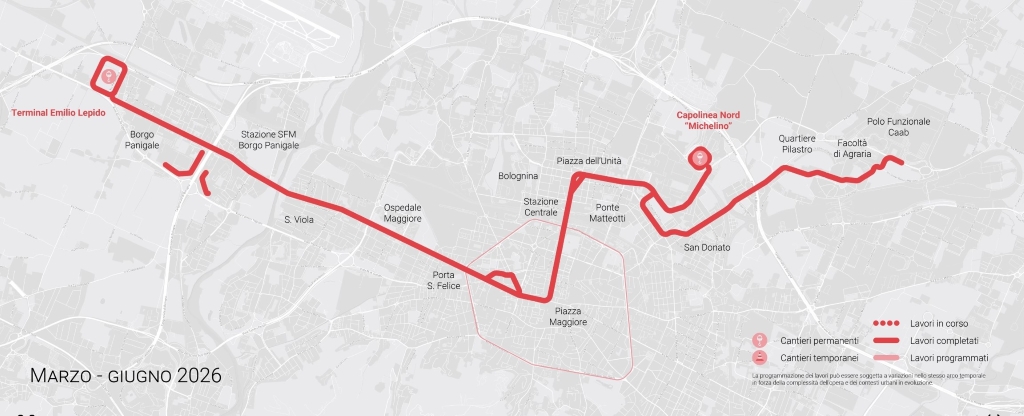
Another map is available here:
https://www.urbanrail.net/eu/it/bol/bologna.htm
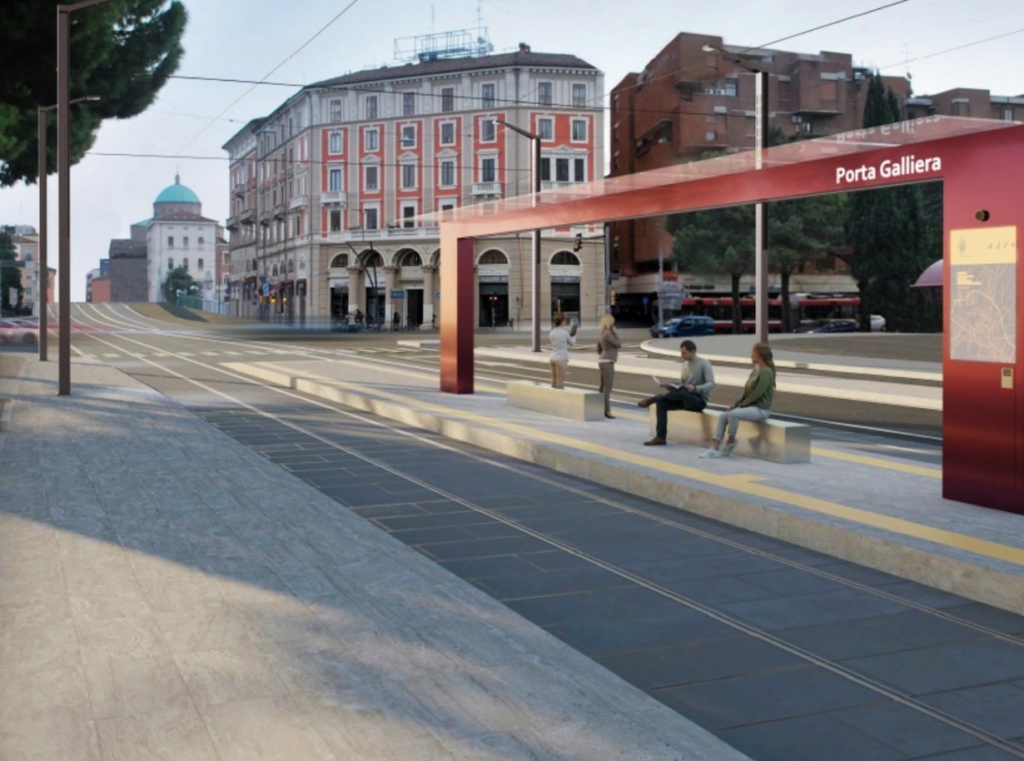
The 6.2 km northern section of the future Line 2 (“green”) to Corticella station is at an advanced planning stage and is also scheduled for realisation in the same period and is fully financed; some preliminary work has also begun here. It remains to be seen how much can actually be completed by 2026.
On the section to Borgo Panigale, the new tram replaces another electric means of transport that replaced the old tram in parts, but was itself doomed to decline for several years: the electric trolleybus. Introduced to replace the former tramway in 1955 (after a brief interlude in 1940-45), more and more diesel buses replaced the filobus, as it is known in Italy, in the 1970s – between September 1982 and January 1991 there were no more trolleybuses at all. In the years that followed, new lines (some on the old routes) were slowly reintroduced – the last one (15) only in 2020 – but even today, the mode of transport still plays a rather minor role in the city’s local transport services. Lines 13, 14, 15 and 32/33 (circular lines running in opposite directions) are currently trolleybus-operated, but diesel buses are also on these lines. Eleven Solaris Trollino 18/Cegelec articulated buses (no. 1056-66) built in 2010 run on the circle lines, while 49 Iveco/Cegelec Crealis articulated buses (no. 1101-1149) built in 2015/6 operate on the other routes. They have a additional diesel motor for journeys off the overhead line, but it is quite noisy – particularly unpleasant in the narrow streets of the historic old town. Some older MAN-Bassotto/Autodromo articulated trolleybuses from the 1990s are still available as reserve while all 12-metre trolleybuses from 1990/91 are out of service for several years already.
After the unsuccessful attempt to introduce BRT trolleybuses had been cancelled several years ago and ultimately resulted in the procurement of the 49 Iveco Crealis, network expansion is now being pursued in other ways. Incidentally, the 49 Irisbus CIVIS ordered at the time were all completed, but Bologna never took delivery of them after a long legal dispute with the manufacturer.
The new project, as part of the public transport expansion programme Progretto integrato della mobilità bolognese (PIMBO), envisages the electrification of some of the existing bus routes. These include the current lines 11, 19W, 25 and the south-east branch of line 27. Seventy newly procured articulated battery trolleybuses with IMC will be used, which will be put out to tender in 2024.
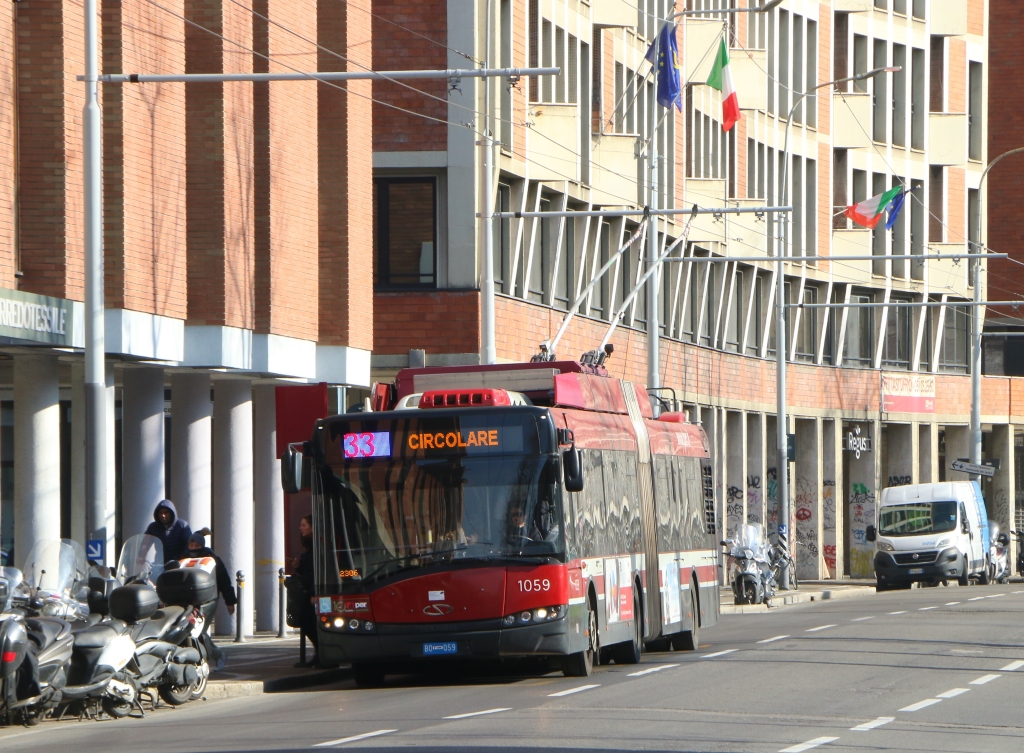
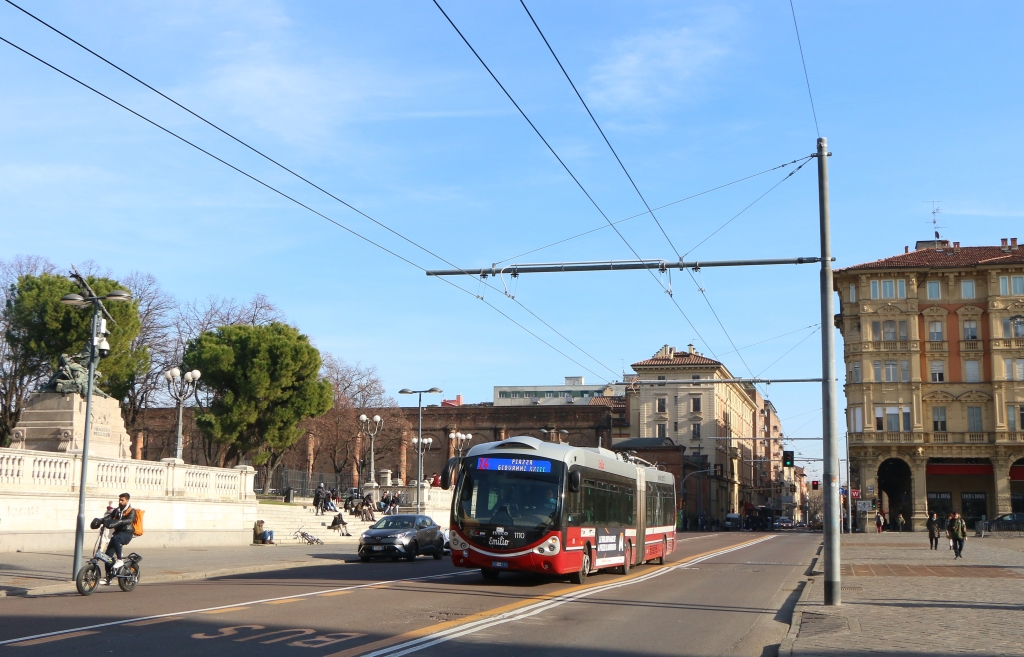
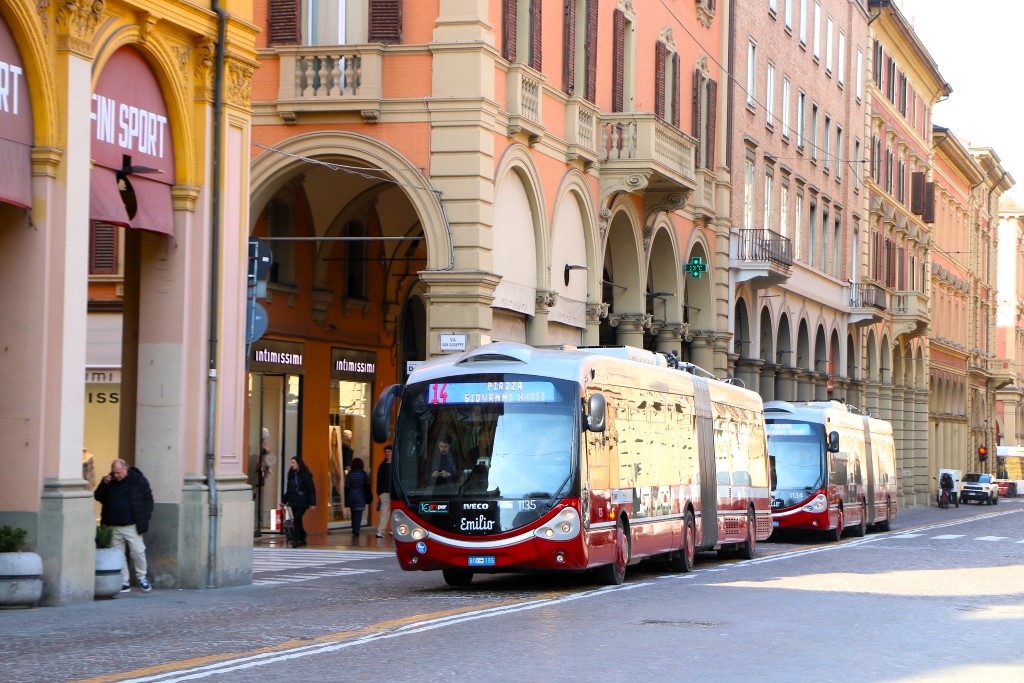
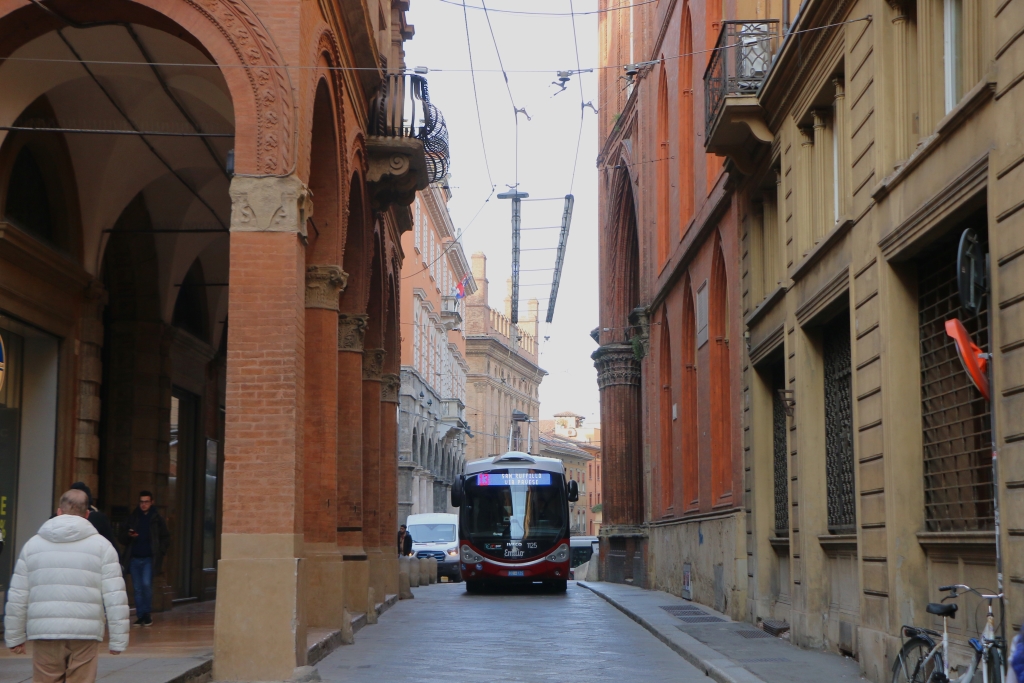
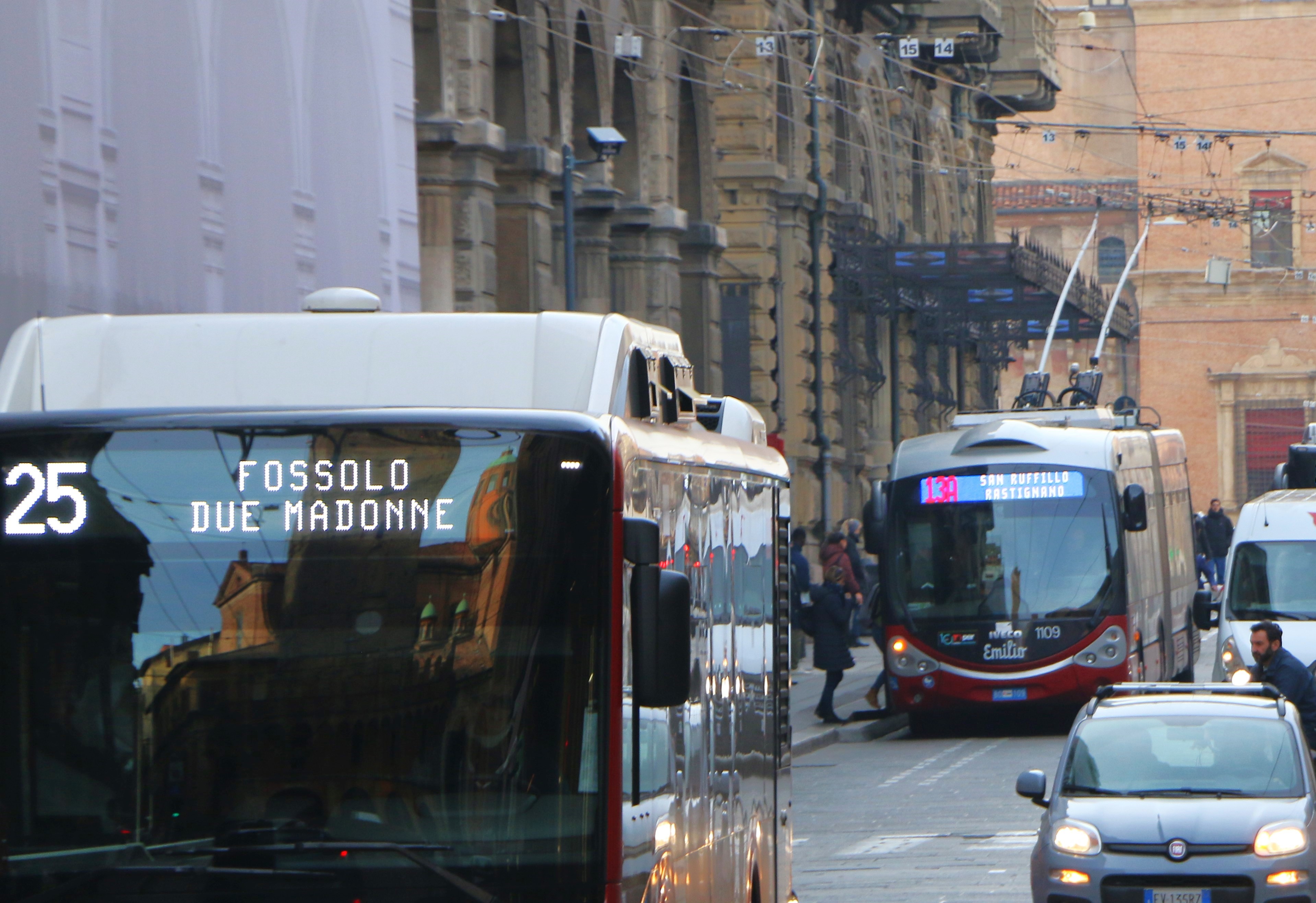
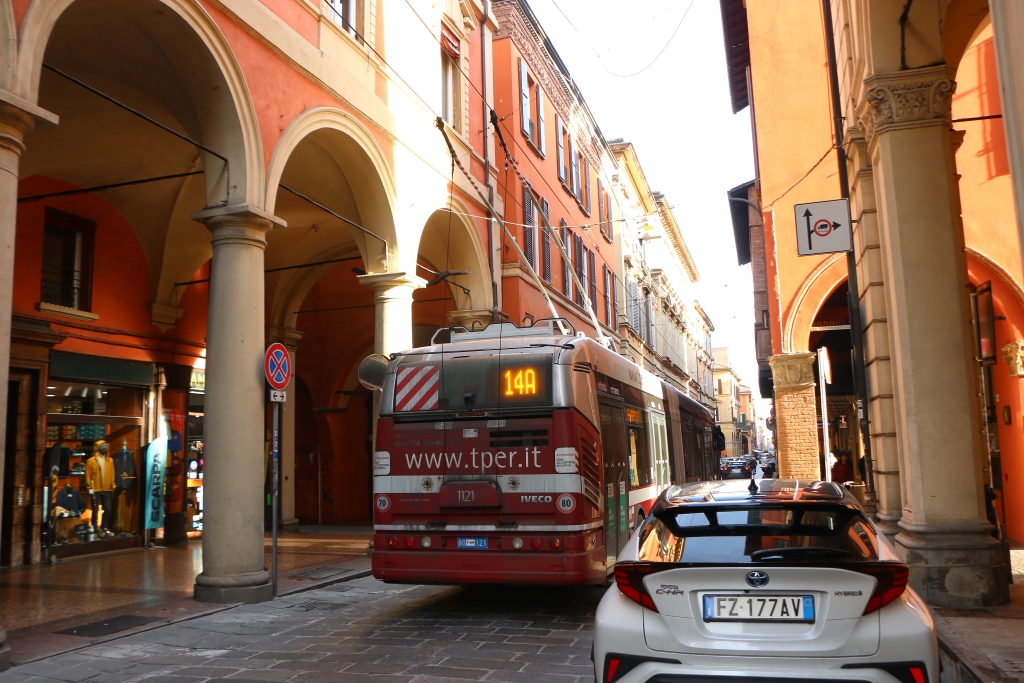
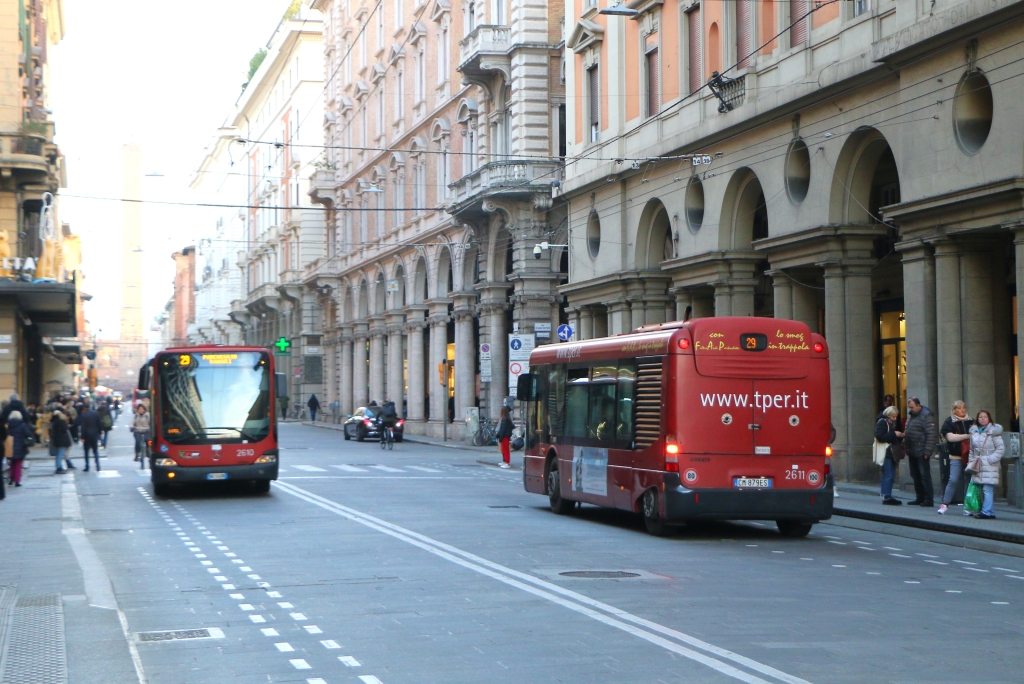
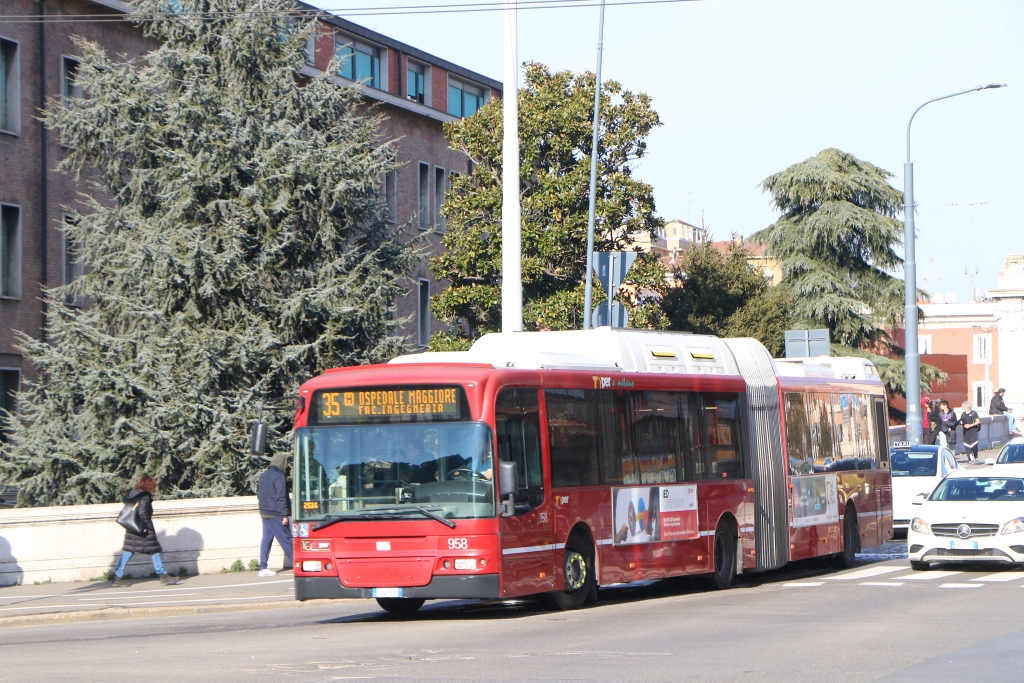
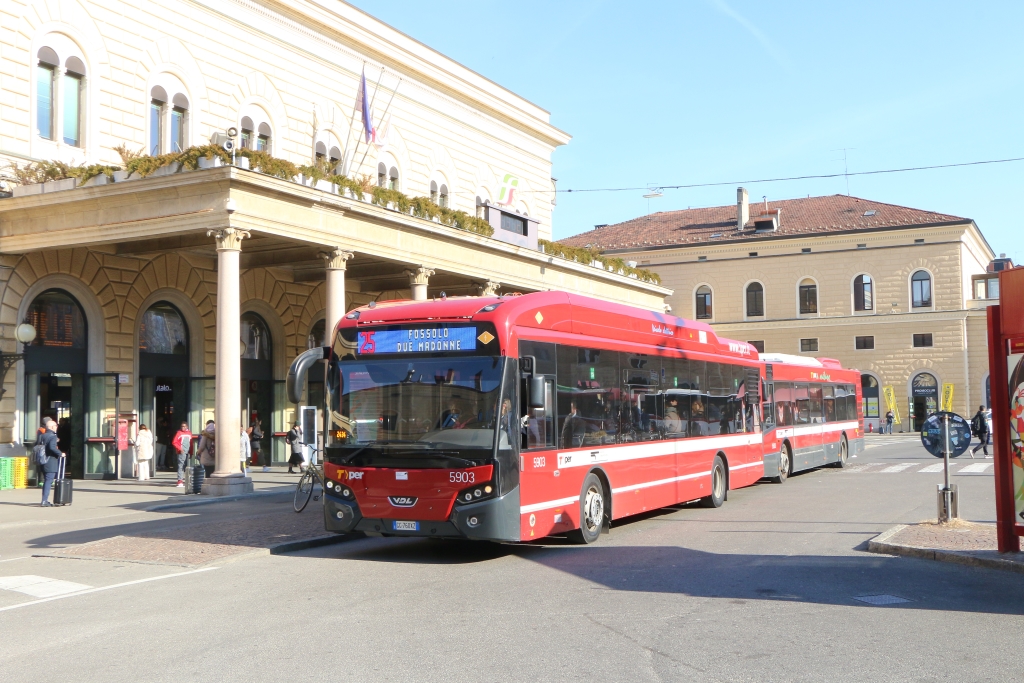
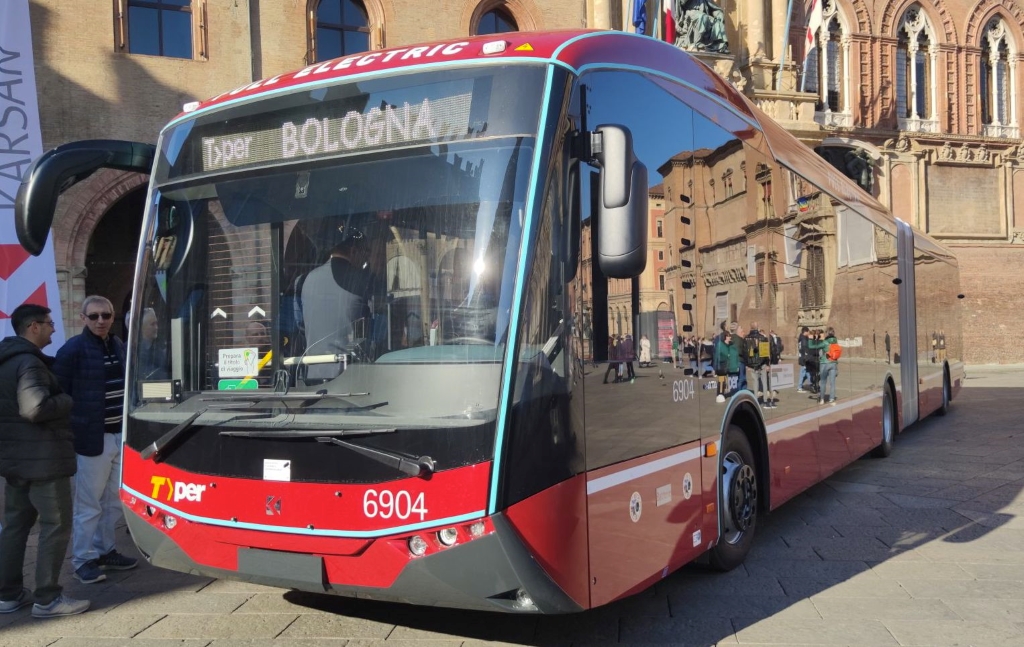
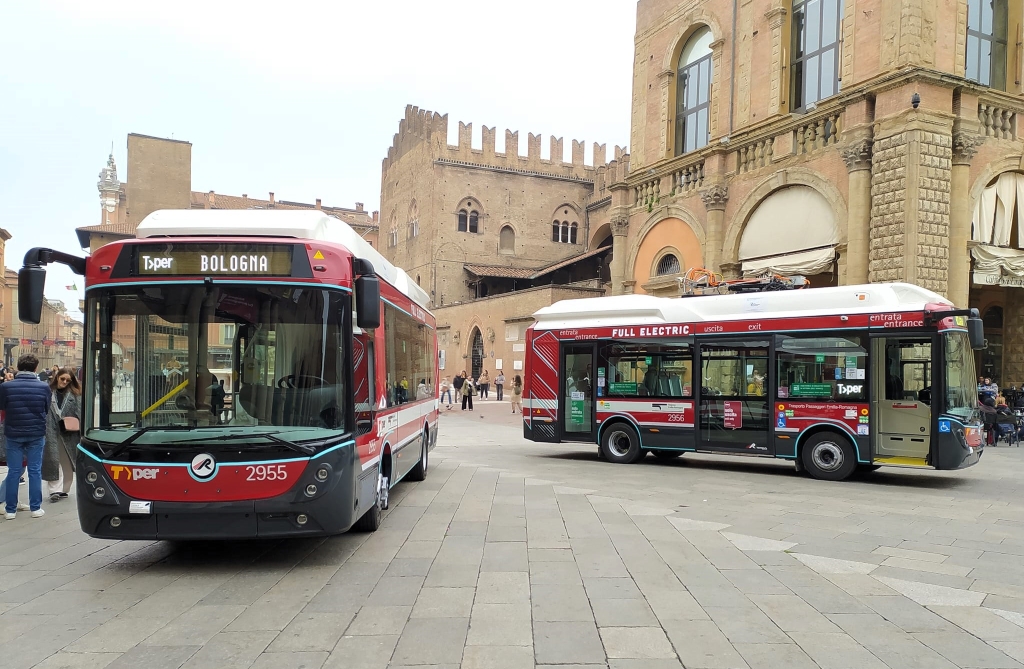
A further 19 two-axle battery electric buses will also be ordered. Thirteen 12-metre e-buses from Dutch manufacturer VDL are already in service with TPER (Trasporto Passeggeri Emilia Romagna) Bologna, the operator of local transport in the city and other parts of Emilia-Romagna. In addition, 24 (+ 7 optional) articulated electric buses were ordered from the Turkish manufacturer Karsan, the first of which were presented to the public in November 2023. Four Rampini Eltron mini buses with onboard pantograph were just added to the fleet, too. Supported by EU funding, TPER in Bologna will also put a total of 127 Solaris hydrogen buses (+3 in Ferrara) into service by 2026 – with an option for up to a further 140. TPER has purchased second-hand buses from Sweden and Germany to bridge the gap until further new vehicles are delivered.
The future of local transport in Bologna should therefore also be purely electric in the long term!
A glimpse into Bologna’s public transport history:
